
In the world of women’s clothing, a 4 is a 2 is a 6. Everything is relative — unless, of course, you’re shopping in Brandy Melville’s teen-“friendly” SoHo store, where the only size is small. (“One-size” reads labels that don’t even bother with the usual “fits all” addendum.)
One of the most infuriating American pastimes occurs within the confines of a dressing room. But where do these seemingly arbitrary sizes come from? Sit down, unbutton your pants and enjoy a condensed briefing on women’s clothing measurements:
“True sizing standards didn’t develop until the 1940’s,” says Lynn Boorady, fashion and textile technology chair and associate professor at Buffalo State University. “Before then sizes for young ladies and children were all based on age — so a size 16 would be for a 16-year-old — and for women it was about bust measurement.”
Suffice it to say, assuming all 13-year-old girls and 36-in.-bust women were created equal proved problematic. “Mostly it was assumed that the women in the house would know how to sew,” Boorady says.
But consumers — and the booming catalog industry, which proliferated as Americans moved to more rural areas — were ready for change. In a 1939 article titled “No Boondoggling,” TIME explored the Department of Agriculture’s effort to standardize women’s clothes, an effort that had been inspired by the fact that U.S. manufacturers guessed it was costing them $10 million a year not to have set sizes. “Each subject — matron, maid, scrubwoman, show girl — will be [measured] in 59 different places,” the article read.
The data of 15,000 women was collected by Ruth O’Brien and William Shelton, and while the project was impressive — “especially considering they didn’t have computers to analyze the data,” Boorady says — it didn’t exactly solve the problem.
“It was flawed for many reasons,” agrees Parsons School of Fashion professor Beth Dincuff Charleston. “They didn’t really get a cross-section of American women… It was smaller than what the national average should be.”
Since the survey was done on a volunteer basis, it was largely made up of women of a lower socioeconomic status who needed the participation fee. It was also primarily white women. And the measurements still primarily relied on bust size, assuming women had an hourglass figure.
Then in the late 1940s, the Mail-Order Association of America, representing catalog businesses including Sears Roebuck, enlisted the help of the National Bureau of Standards (now the National Institute of Standards and Technology) to reanalyze the sizing — often using the measurements of women who had served in the air force, some of the most fit people in the country — creating a 1958 standard that was largely arbitrary. Sizes ranged from 8 to 38 with height indications of tall (T), regular (R), and short (S), and a plus or minus sign when referring to girth.
Read more: 6 Items You Should Wear To Achieve World Domination
There was no size zero, let alone the triple zeroes that sometimes are displayed in stores today.
As American girth increased, so did egos. And thus began the practice of vanity sizing. Over the decades, government size guidelines were heeded less and less, items of clothing began getting marked with lower numbers and eventually, in 1983, the Department of Commerce withdrew its commercial women’s clothing size standard altogether. A private organization called ASTM International began publishing its own sizing tables in 1995.
According to Slate:
In 1958, for example, a size 8 corresponded with a bust of 31 inches, a waist of 23.5 inches and a hip girth of 32.5 inches. In ASTM’s 2008 standards, a size 8 had increased by five to six inches in each of those three measurements, becoming the rough equivalent of a size 14 or 16 in 1958. We can see size inflation happening over shorter time spans as well; a size 2 in the 2011 ASTM standard falls between a 1995 standard size 4 and 6.
That means that ideals are changing too, Boorady adds: “We went from size 16 being a model in the ’40s to 12 in the ’60s. Marilyn Monroe was a 12 in the ’60s, which would now be a size 6.”
Now, stores often size based on their own preferences, which can make for frustrating online shopping experiences — modern-day catalog browsing — unless you already know your exact size.
Death Becomes Her: See 100 Years of Exquisite Mourning Dresses


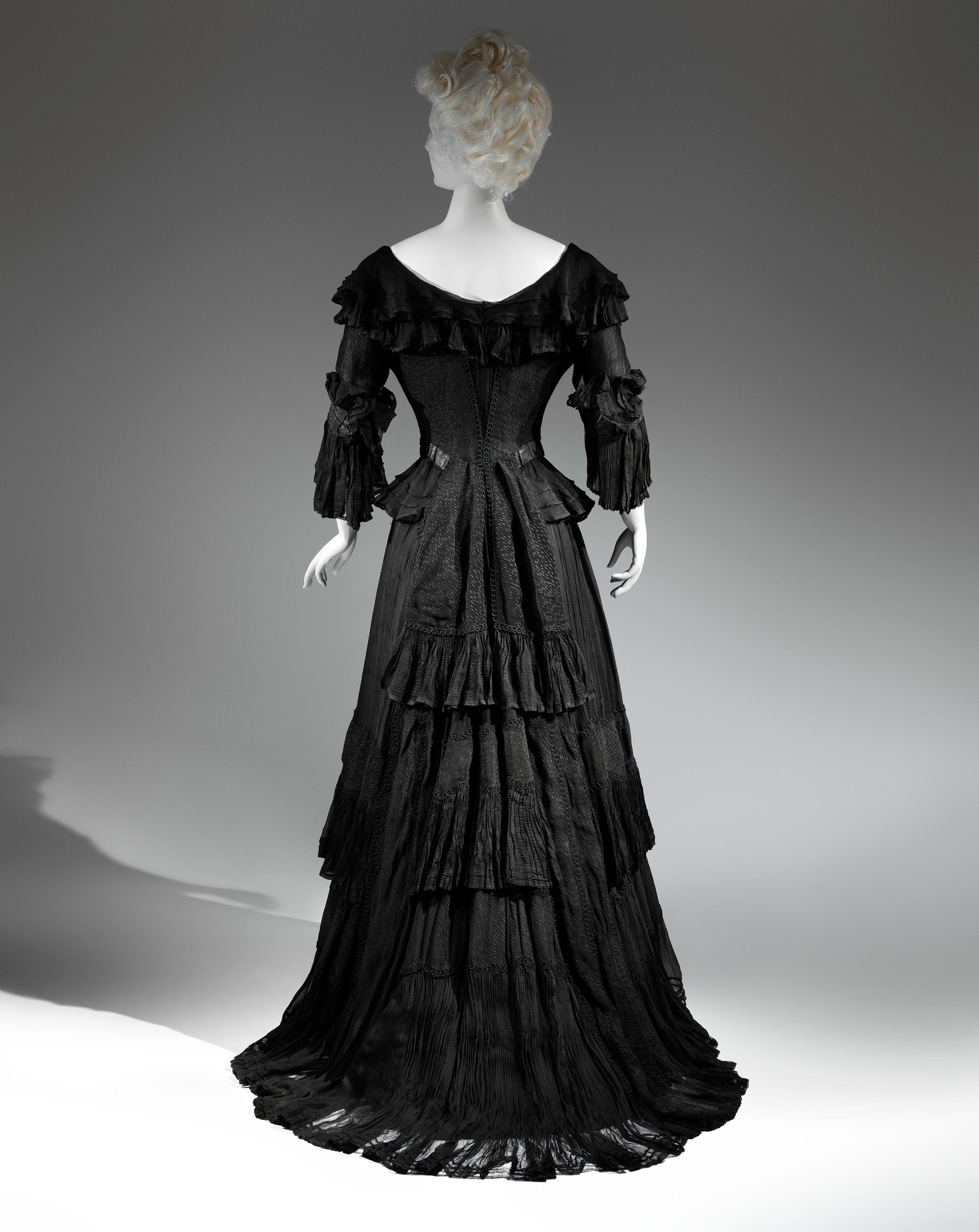
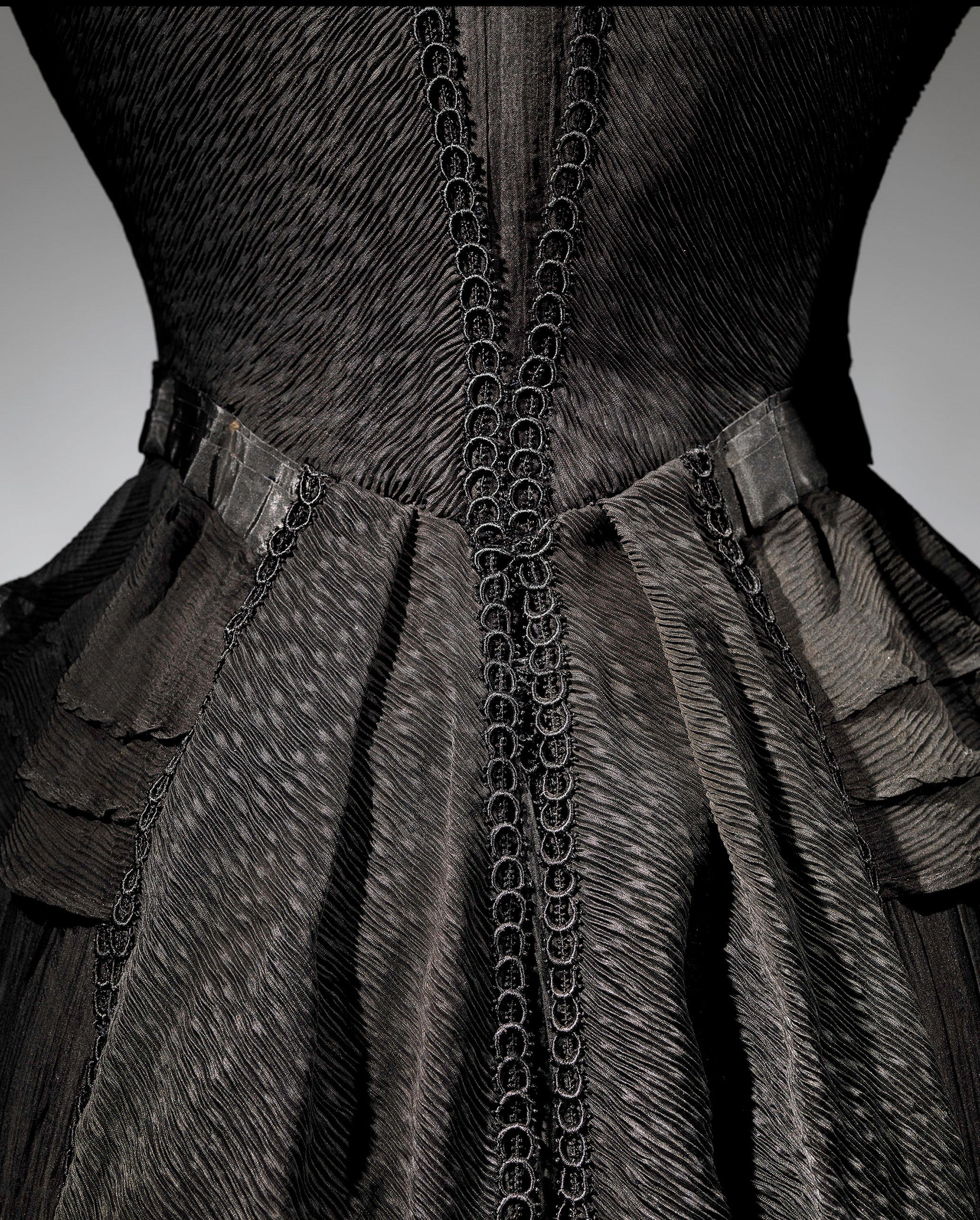

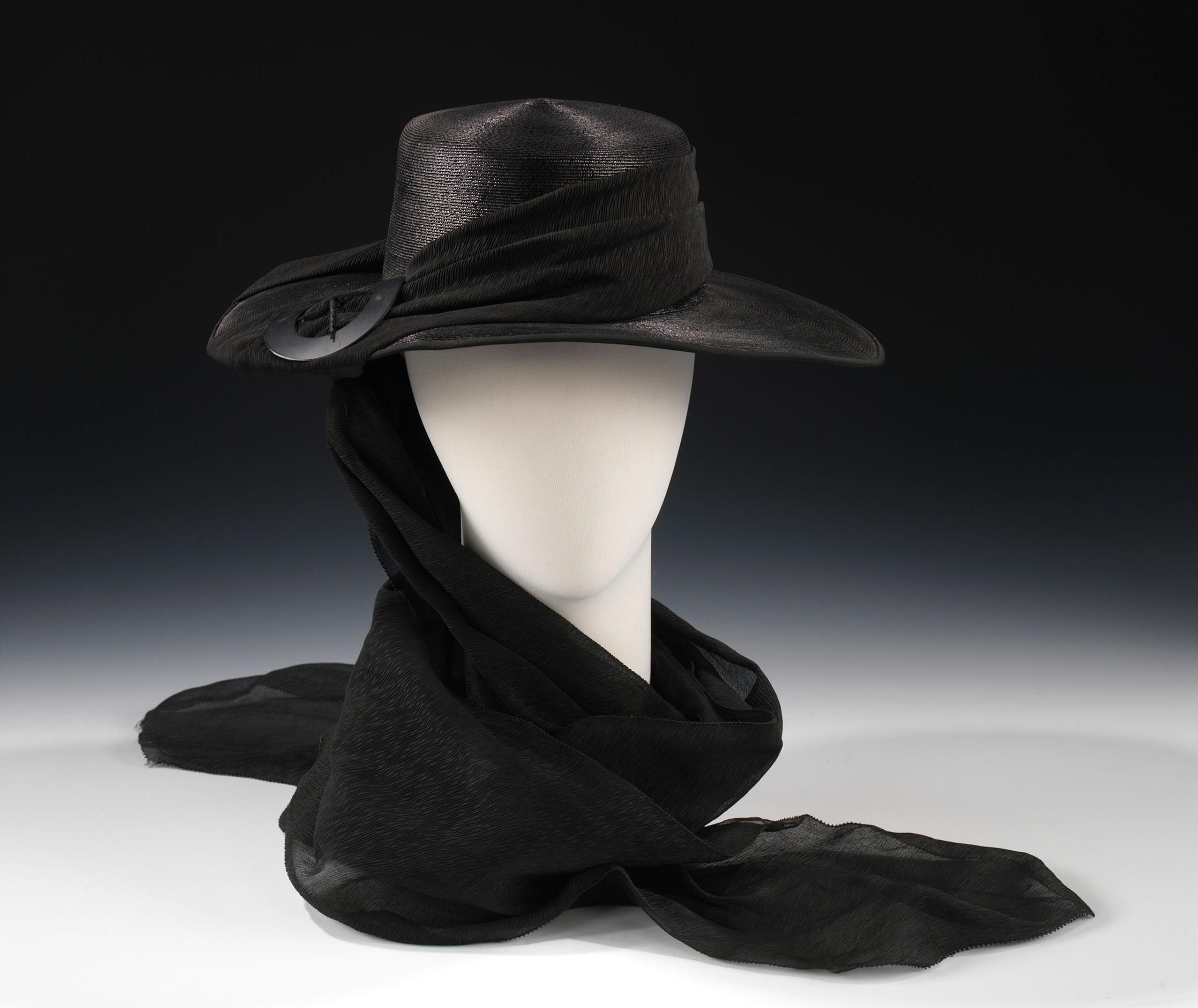
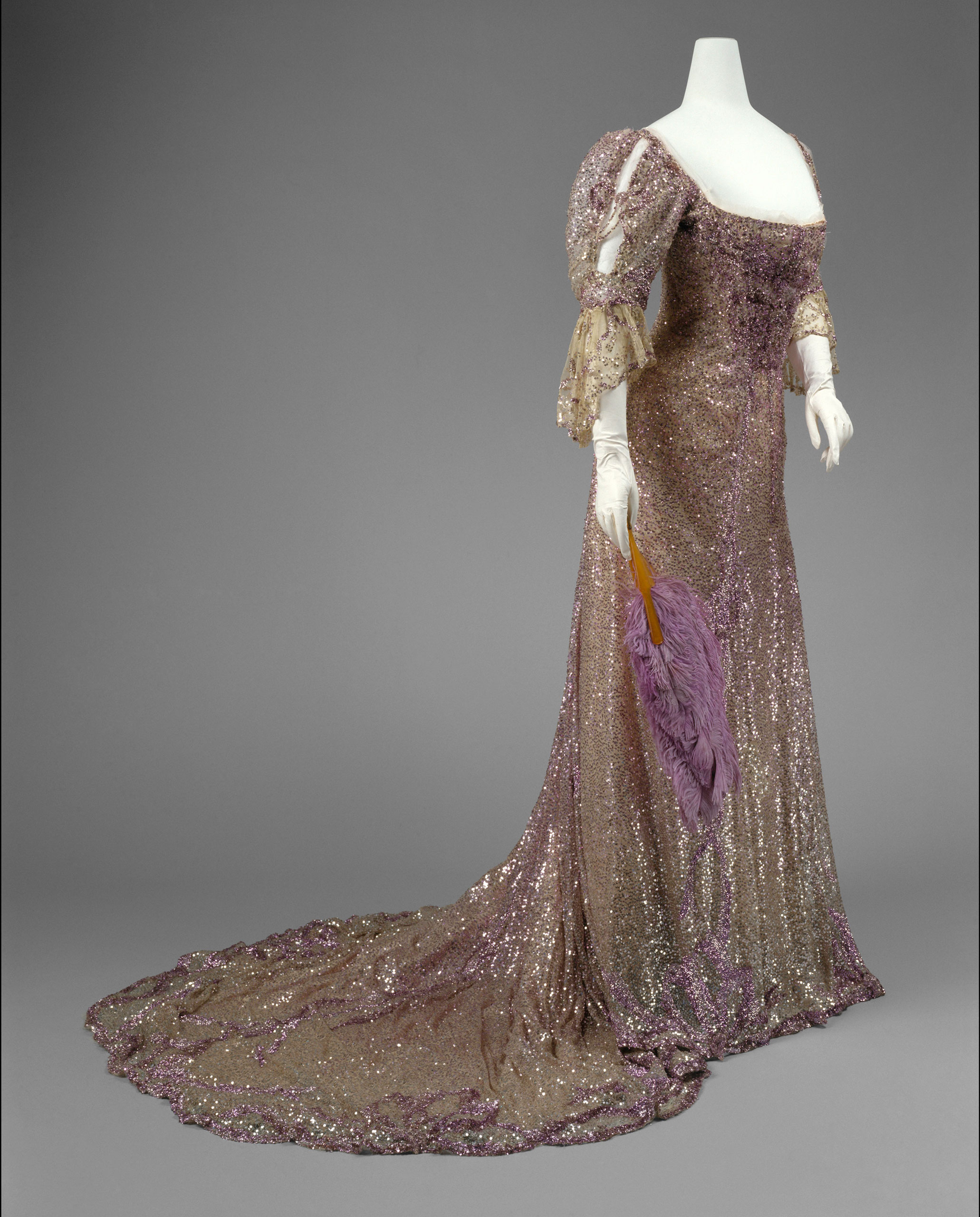
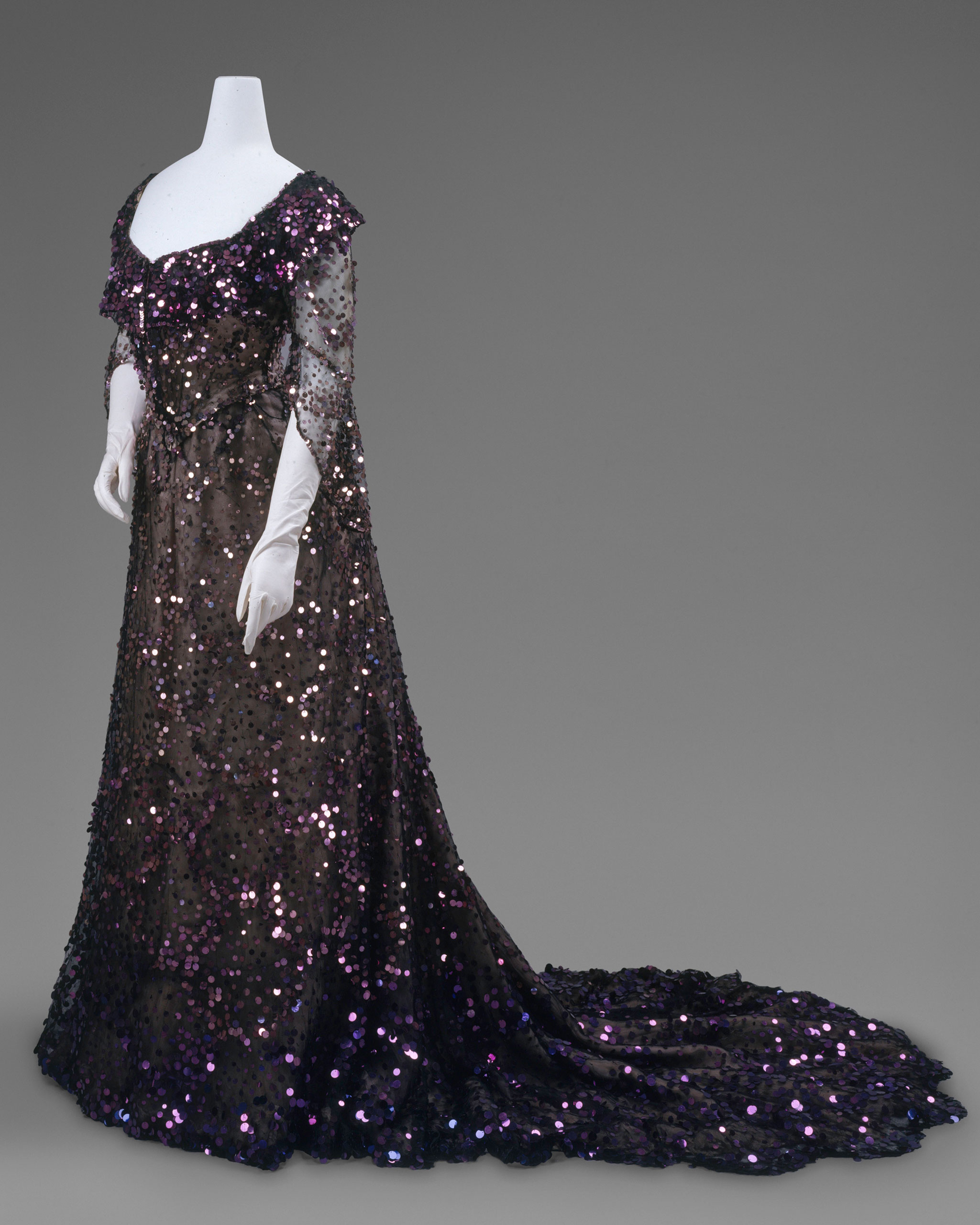

But are we doomed to a future of sizing confusion? Maybe not. Parsons’ Dincuff Charleston notes that new technologies might be welcoming a new era of customized clothing. “Body measurements are so advanced now — with 3-D scanning, digital changing rooms — I think that people will have options for better fitting clothing,” she says. “And with 3-D printers, maybe you’ll be printing your own clothing.”
More Must-Reads from TIME
- Cybersecurity Experts Are Sounding the Alarm on DOGE
- Meet the 2025 Women of the Year
- The Harsh Truth About Disability Inclusion
- Why Do More Young Adults Have Cancer?
- Colman Domingo Leads With Radical Love
- How to Get Better at Doing Things Alone
- Michelle Zauner Stares Down the Darkness
Contact us at letters@time.com